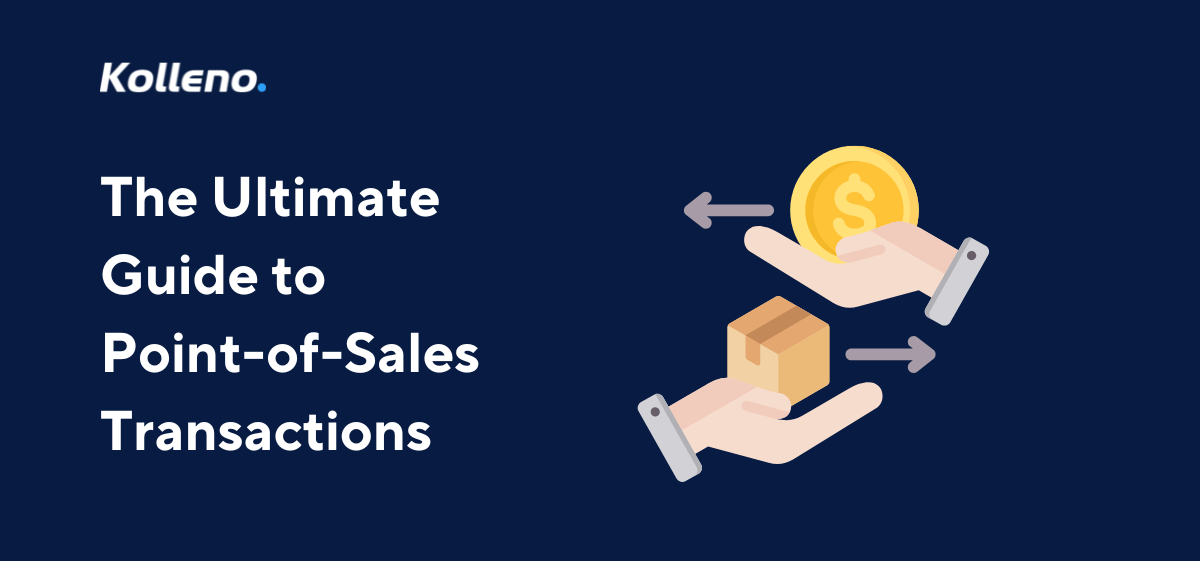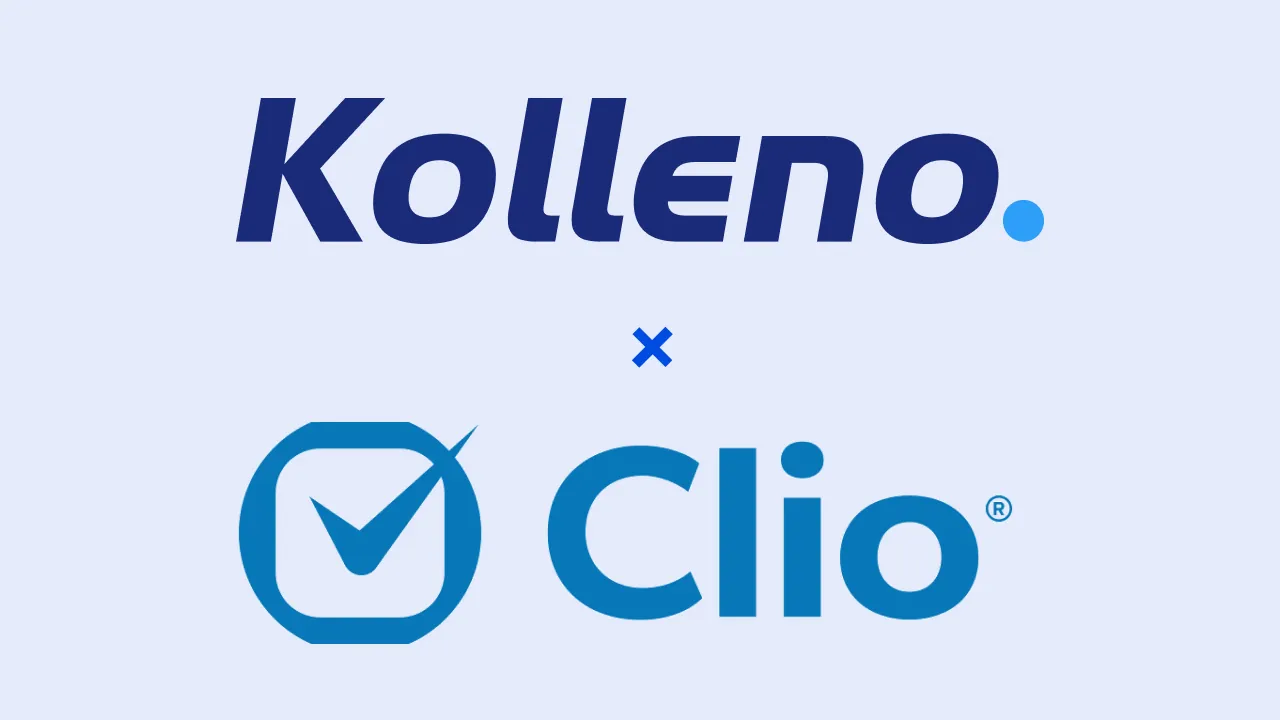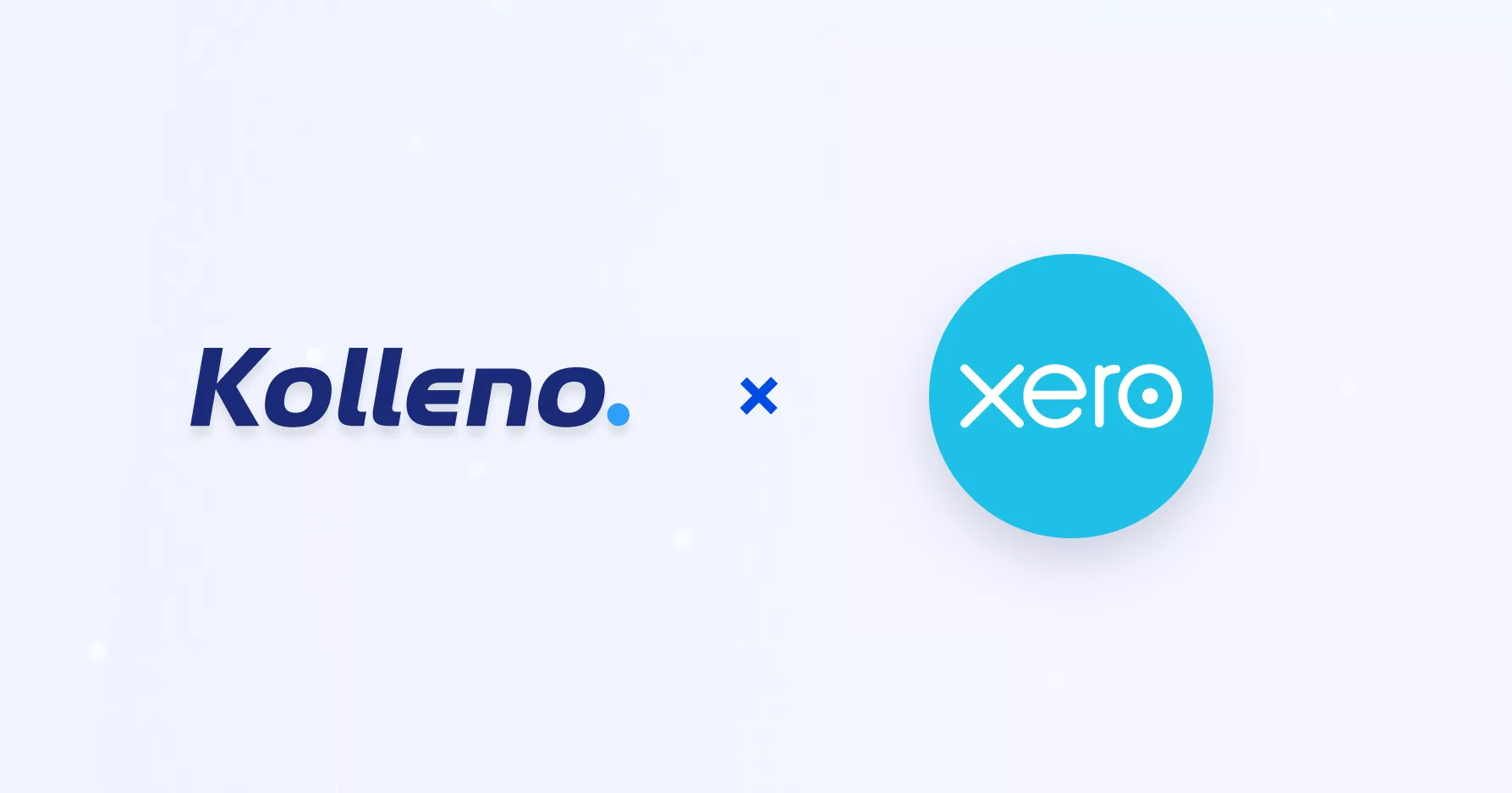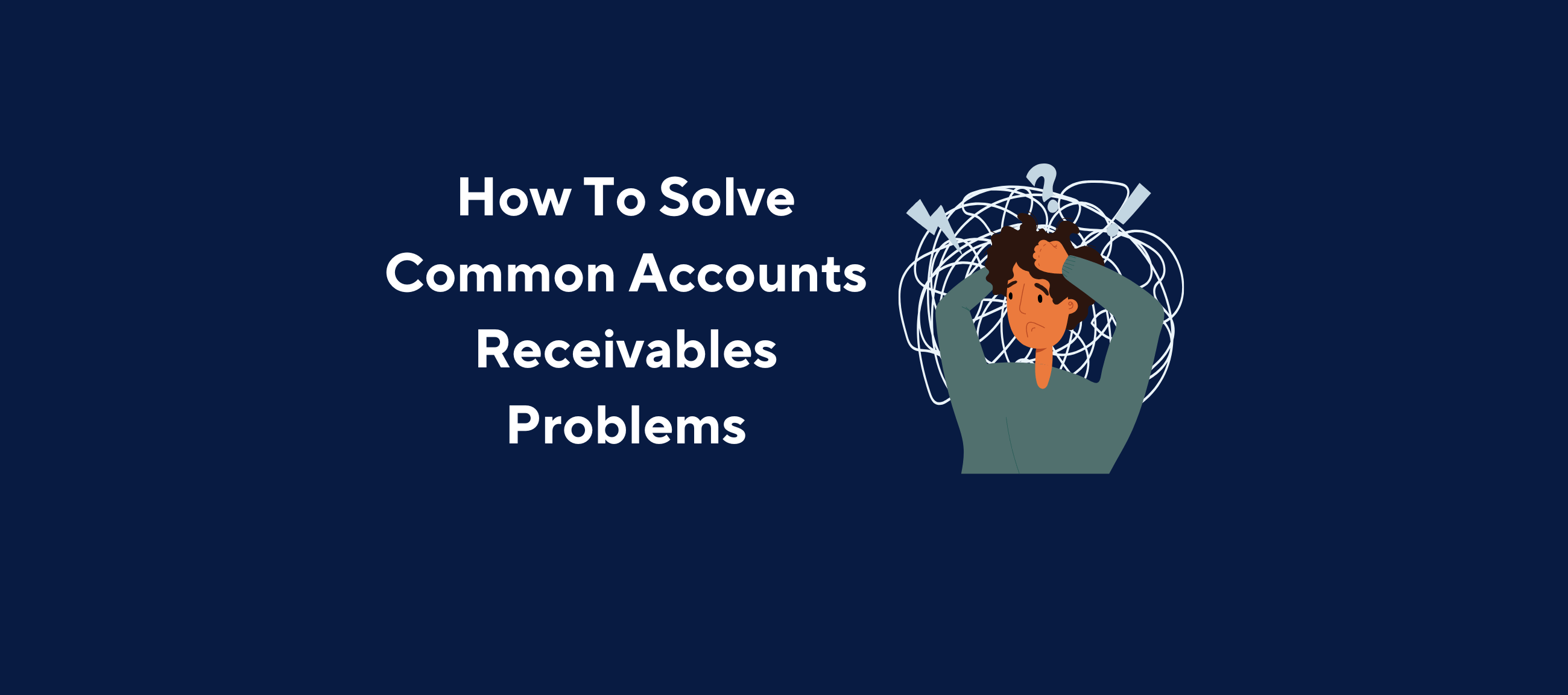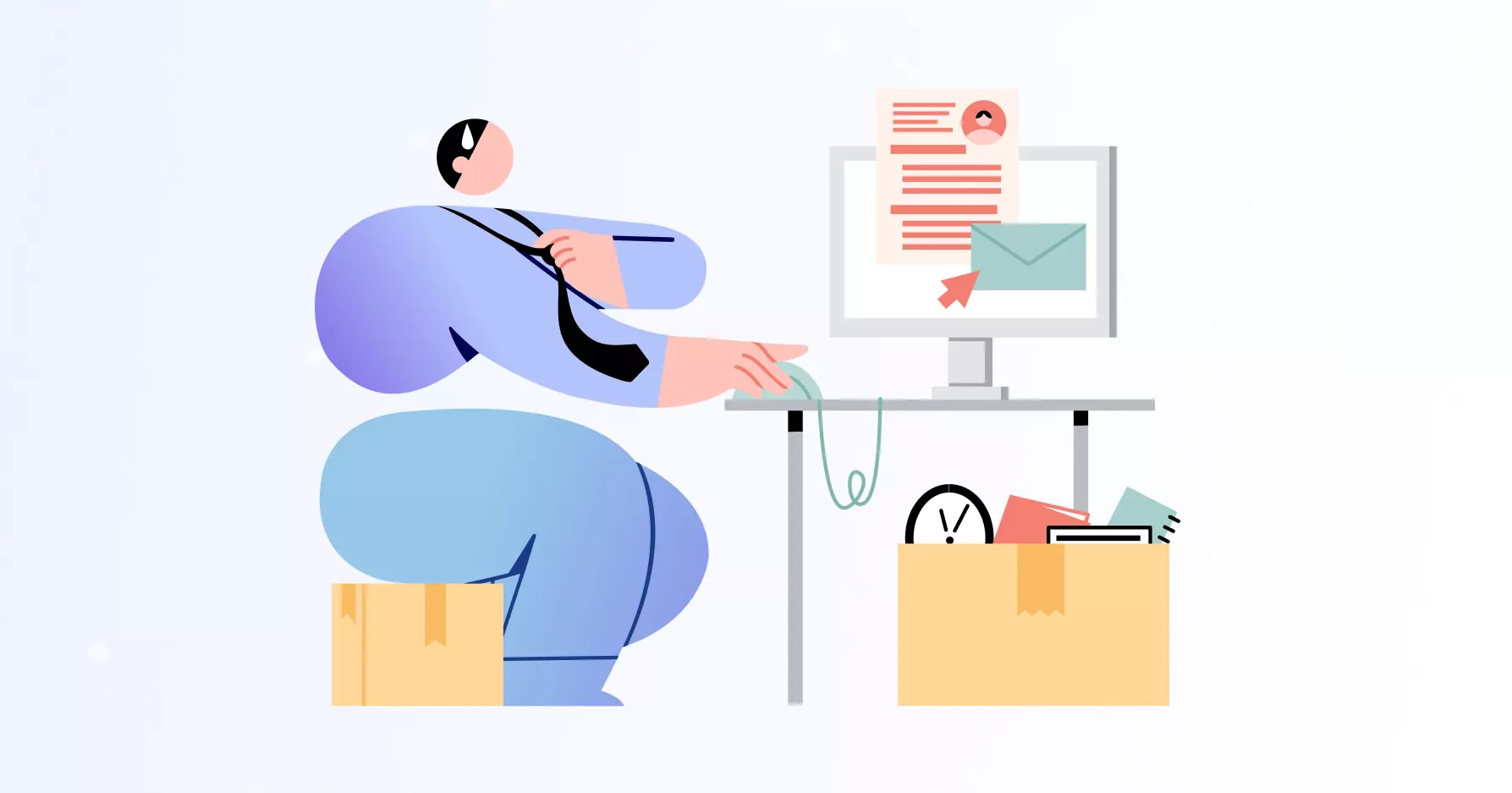Key Points
– A point-of-sale (POS) is the spot where a customer makes the purchase for the product or service, as well as the point at which sales taxes might become applicable.
– A POS transaction can take place either online or in person, whereby the receipts can be delivered electronically or as a hard copy.
– A POS system is a suite of both software and hardware technology that merchants, such as restaurant owners and retailers, use to take payments from their customers as one of its features.
– Cloud-based POS systems are emerging in popularity amongst merchants due to their interactivity and their ability to enable customers to make orders and reservations as well as pay via electronic transfer.
– Companies running a business-to-business (B2B) operating model, particularly those in the manufacturing and wholesale distribution industry, usually employ POS systems on top of other payment channels to accept customer payments.
– In essence, the invention of point-of-sale (POS) systems has empowered everyone, from artisan coffee makers to tech-savvy entrepreneurs hoping to transform their passion into their business, to start a company and make it grow.
– On that note, a world-class software that all professionals will need to consider would be Kolleno, a smart credit control platform whose solutions may be customised to various finance and credit control needs. Whether it is regarding the firm’s automated collections strategies or the management and analysis of accounts receivables, Kolleno is purposefully designed to assist businesses and enterprises from a wide variety of industries, such as utility companies and law firms.
What is a Point-of-Sales Transaction?
A point-of-sale (POS) transaction is a point at which customers have to make their payment for the product or service, frequently in a retail or hospitality setting, whereby these POS transactions may either take place online or in person.
It is fairly common for companies to employ a POS system for the processing of debit cards, credit cards, cash, or other types of payments at a physical POS location. In particular, a POS set-up may include both software and hardware elements to it. The POS hardware usually comprises a cash register and credit card reader, or in our world today, a tablet that operates a cloud-based POS software to capture all data regarding the sale transactions for the firm’s books. Meanwhile, in order for the business to finalise the POS purchase, the owner will also need to establish an authorised signature, PIN number, or for the more advanced POS systems with mobile payment technologies, a fingerprint scan.
Common Examples of Point-of-Sales Transactions
One of the most notable examples of a real-life point-of-sale (POS) transaction set-up would be the ones you would observe at a supermarket.
For instance, when a customer is at a retail branch, they would pick up a few physical products and walk over to the cashier to make their payment. At the checkout counter, the cashier will scan the selected products and generate a bill. Following that, a POS transaction takes place when the customer pays for the shopping using physical cash, a digital wallet, or a card. On the other hand, POS transactions are fairly typical in diners and restaurants as well. After having your meal, it is common for customers to hand over their debit or credit card to the waiter, who would then tap the card on a card reader to complete their payment. With that, this would be where the POS transaction occurs.
The Different Forms of Point-of-Sales Transactions
During the process of every purchase of a good or service, the transaction of money will be involved. However, the medium by which the money is being transferred may be different depending on the situation. Nonetheless, there are two key categories of POS transactions in which money can be sent from the buyer to the merchant:
POS Transactions for E-Commerce Sales
This is the category involving the occurrence of POS transactions whenever customers purchase an item or service through an online retail store. In such scenarios, the store does not have a physical front. Instead, the customers would be able to view the company’s offerings digitally and make a purchase for their selected goods or services that will be fulfilled in some time. The POS transaction takes place when the purchasers add their credit or debit card details, with the money then being transferred to the merchant. Meanwhile, in situations whereby the customer is unhappy with the quality of the product or service, the corresponding amount may then be refunded to them depending on the previously aligned upon terms and conditions.
POS Transactions for Offline Sales
Whenever a customer pays a visit to a physical retail store, selects a bunch of items, and proceeds to the cash counter to make a payment, this is where the offline POS transaction occurs, whereby the money is directly received by the merchant without encountering any delays.
As we advance, offline and online POS transactions may be further segmented into three different variants:
Purchases
The POS transaction happens when a customer buys an item from any channel, and its returns make a payment. All data related to this purchase would be recorded on the company’s POS system.
Sales
This type of POS transaction occurs whenever a product or service has been sold, regardless of whether it is at a physical retail store or on an online commerce front. Information such as the product type, the number of products sold, the amount of payment received, the time and date of the purchase, the key employee responsible for the sale, and the buyer’s information would be documented in the firm’s POS system as part of tracking these factors to predict future sales performances.
Receipts
Once the customer has successfully bought their wanted items, a receipt will be produced for the customer, detailing information such as the product bought, the amount paid, the number of items sold, the name of the store, the time and date purchased, and the key employee handling the sales. A copy of this document would be shared with the customer so that they would also have a record of the purchase they have made with the merchant’s offerings.
How Do Electronic Point-of-Sales Transactions Work?
Typically, an electronic POS transaction happens via a series of steps from the moment in which a purchase has been made right up to when the money is added to the company’s account:
– The company collects the customer’s payment information using their POS device.
– The POS device routes the payment information (e.g., credit card details) to the relevant network (e.g., the credit card network) through the internet.
– The transaction information would be delivered to the issuing bank to request for the payment to be authorised.
– The issuing bank would permit the transaction to be completed by sending a payment confirmation to the merchant through the POS device. This essentially places a certain payment amount on hold at the issuing bank for the customer’s account.
– The issuing bank releases the money to the acquiring merchant’s bank.
– The money reaches the merchant’s bank account, with all payment processing and interchange fees having already been subtracted.
– The customer who has paid for their purchase will receive a notification to confirm that the funds have been transferred.
Point-of-Sales Reconciliation and How It Influences the Point-of-Sales Transaction
Simply put, POS reconciliation is the procedure of manually going through the POS records and comparing the data against the business’s cash on hand as well as the card processing statements to make sure that no discrepancies exist. Although this is a fairly simple task to complete, it is constantly an arduous process. In particular, the POS transaction and POS reconciliation processes are very similar to each other in the sense that they are both used to verify each other’s data points. The details extracted from each POS transaction report will be thoroughly reviewed via POS reconciliation methods. Consequently, the cash inflows and outflows can be properly monitored and verified.
In the majority of situations, retail and hospitality businesses will only reconcile their POS at the end of each business day, with certain companies that have high-volume transactions having a separate team to manage the final POS reconciliation step. On that note, utilising a modern POS system may substantially help firms to make their POS reconciliation process less of a chore.
The Benefits of Performing Point-of-Sales Reconciliation
Although it is generally a tedious task, performing POS reconciliation brings about numerous benefits to the business. Examples of such advantages would be the following:
Early Removal of Accounting Errors
Simply put, the POS reconciliation protocol is crafted to eliminate as many human errors as possible when reviewing financial transactions so that the company may analyse the data much more accurately and reliably.
Ensure the Security of Business Deposits
The cross-checking steps that are carried out during the POS reconciliation process can also assist the business in making sure that the cash amount left in the company’s bank account is sufficient and accurate. This, in turn, helps the finance department make better predictions and spending plans for future expenditures and investments. Such practice also helps to improve the stability of the company’s finances so that everything can be planned ahead of time and performed seamlessly.
Determine Unusual or Fraudulent Transactions
By double-checking all of the sale transactions and customer purchasing histories, the POS reconciliation exercise can help finance professionals identify any unauthorised transactions and thereby reduce the risk of having an unnecessary outflow of cash.
Best Practices When Conducting Point-of-Sales Reconciliation
Should you happen to be a business owner who has yet to conduct POS reconciliation exercises on a consistent basis, that is perfectly okay, as you have now learnt the importance of doing so. Moving forward, it is also vital for all companies to adopt a number of best practices when performing the POS reconciliation process to help make sure that the firm is not losing money.
– Utilise integrated card processing: In essence, the fewer tasks that employees need to perform manually, the lower the chances that the business will be exposed to human error. With that, when installing POS hardware, companies should aim to integrate their payment processing terminals alongside it to safeguard themselves from human-related mistakes.
– Limit one till to a single employee: All in all, if the company establishes a system where only a single employee is designated to manage a till it would be much more straightforward for the management to pinpoint problems when they are performing the POS reconciliation procedure.
– Designate one manager to perform the audits: As a general rule of thumb, it would be a good practice to assign the auditing task to a trusted employee, such as the Head of the Department, to minimise the number of people exposed to the company’s sensitive documents.
– Start every day with the same amount of cash: To increase the chances of identifying overages or any common errors at the end of every shift or working day, managers are advised to kickstart each working day by providing employees with the same amount of cash on hand, and at each till.
– Customise the POS reconciliation process for your company: Overall, it would be advisable to tailor the POS reconciliation procedures to your business, as different types of businesses may have different preferences and reporting styles.
pos txn means
The Promising Potential Surrounding Point-of-Sales Innovation
Modern POS systems are usually programmable and can be integrated with third-party software solutions to meet specific business needs. For instance, numerous retailers utilise POS systems to issue discounts to their loyal customers or even handle membership programmes to reward frequent purchasers. In the meantime, cloud-based POS systems are emerging in popularity, especially amongst large digital merchants, to track and trace multiple purchases simultaneously because they can significantly lower the upfront expenses associated with implementing a full POS system firm-wide.
In certain cases, customers could also interact directly with POS systems, specifically those tailored for the hospitality sector. Also referred to as location-based technology, such POS systems may process transactions based on the customer’s precise location. For instance, in hotels, the customer may use their POS terminal to place their room service orders or pay for their hotel bills. Meanwhile, in a lot of restaurants, customers could look at menus and make an order on POS terminals placed at their tables.
As a result, to remain competitive whilst helping business owners to promote their products, POS systems ought to constantly take note of their aesthetics and aim to innovate better product designs. Besides that, being able to produce custom-made displays that are capable of serving different needs across varying retail facilities would be advisable as well because this enables the POS system company to cast a wider net towards a larger group of enterprise clients.
On that note, if you are a merchant looking to adopt a POS system, the smart credit control platform, Kolleno, maybe a solution for you. On top of utilising an intelligent approach to facilitate communications with customers, Kolleno can be seamlessly integrated with over 32 types of accounting platforms to enable businesses to build upon their existing accounting and invoicing tools.
Concluding Thoughts
POS transactions occur whenever a payment has been made by a buyer at either an online retail store or at a physical cash counter. This process is done in exchange for a good or service that has been provided to them. In other words, a POS transaction takes place if an activity involving the conversion of assets, liability, or equity between a buyer and seller happens.
Having mentioned that, Kolleno is a smart credit control platform empowering merchants to modernise their credit control performance and thereby fuel the growth of their businesses. By combining the company’s accounting, communication, and payment systems into a centralised platform, as well as streamlining its credit control, Kolleno can drastically improve a business’s operational efficiency for the long term.
Frequently Asked Questions (FAQs)
What is a Point-of-Sales Transaction?
The term “POS” is an acronym for “point-of-sales” transactions, which is a point whereby a customer is about to make their payment for a product or service to the seller, either in-person or virtually. The purpose of a POS set-up is to track and record every sale transaction occurring between the seller and buyer at a certain location and point in time.
What Are the Different Types of Point-of-Sales Transactions?
Similar to how there are always some variations between POS terminals and systems, there will always be key differences between the types of POS transactions out there. The typical examples of such would be offline sales (where a physical card is present) and online sales (in which a physical card would not be present).
What Is Point-of-Sales Reconciliation?
POS reconciliation is the procedure in which company owners or accounting professionals perform to match all the transactions recorded in the firm’s POS systems with the company’s own books. This process is completed to make sure that the business’s financial records are reliable and accurate, as well as to ensure that any available physical cash on hand is not stolen.
Video
- Key Points
- What is a Point-of-Sales Transaction?
- Common Examples of Point-of-Sales Transactions
- The Different Forms of Point-of-Sales Transactions
- How Do Electronic Point-of-Sales Transactions Work?
- The Benefits of Performing Point-of-Sales Reconciliation
- Best Practices When Conducting Point-of-Sales Reconciliation
- The Promising Potential Surrounding Point-of-Sales Innovation
- Concluding Thoughts
- Frequently Asked Questions (FAQs)
- Video

